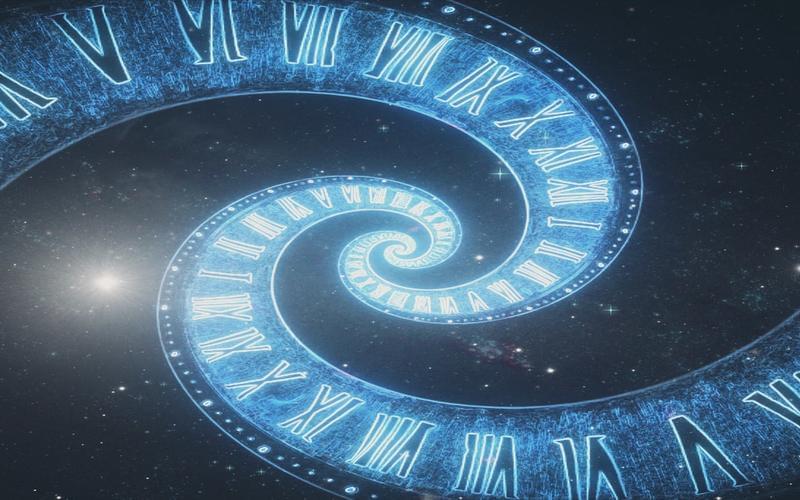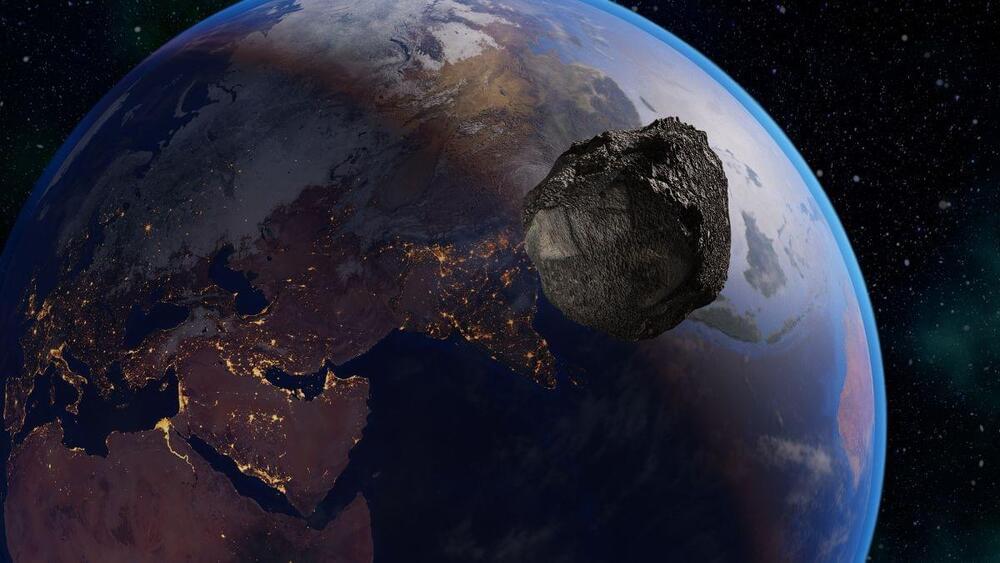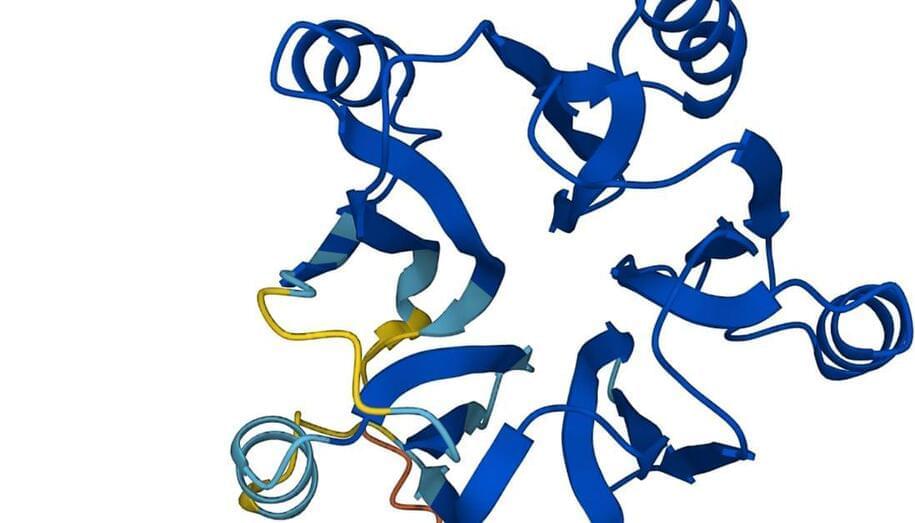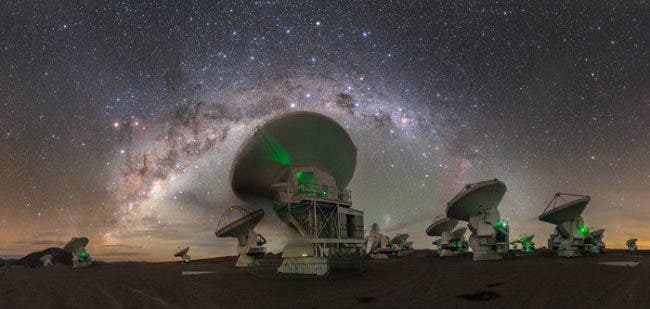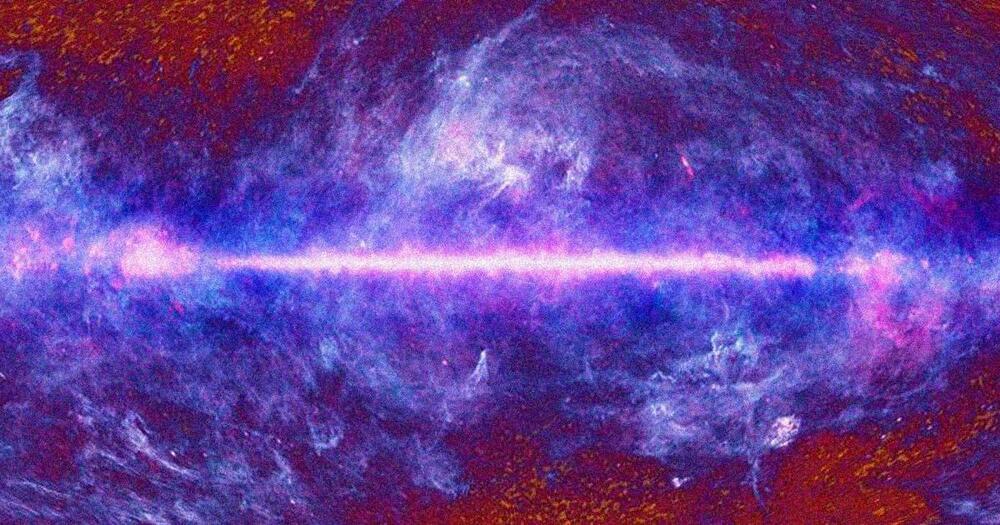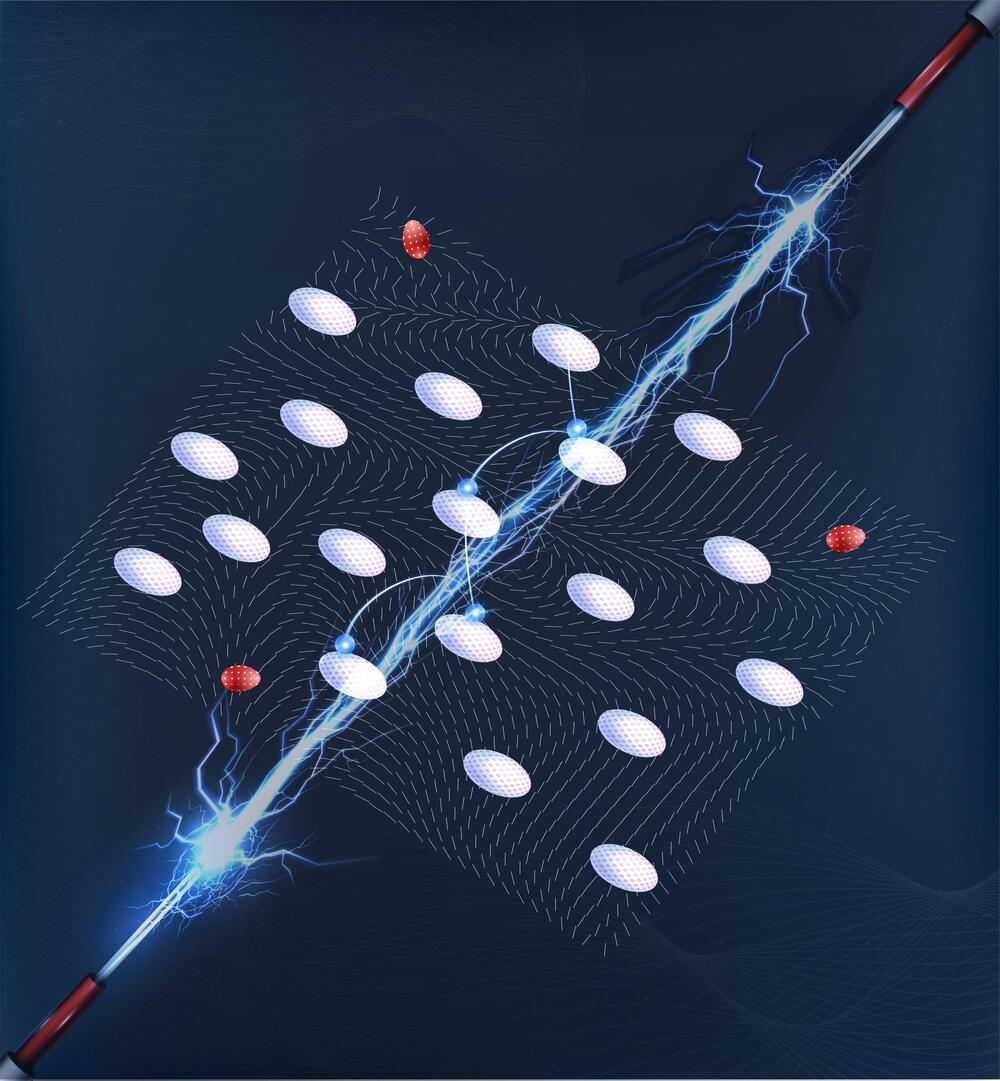Aug 3, 2022
Time is the increase of order, not disorder
Posted by Dan Breeden in categories: cosmology, mathematics, particle physics
The received view in physics is that the direction of time is provided by the second law of thermodynamics, according to which the passage of time is measured by ever-increasing disorder in the universe. This view, Julian Barbour argues, is wrong. If we reject Newton’s faulty assumptions about the existence of absolute space and time, Newtonian dynamics can be shown to provide a very different arrow of time. Its direction, according to this theory, is given by the increase in the complexity and order of a system of particles, exactly the opposite of what the received view about time suggests.
Two of the most established beliefs of contemporary cosmology are that the universe is expanding and that the direction of the arrow of time in the universe is defined by ever-increasing disorder (entropy), as described by the second law of thermodynamics. But both of these beliefs rest on shaky ground. In saying that the universe is expanding, physicists implicitly assume its size is measured by a rod that exists outside the universe, providing an absolute scale. It’s the last vestige of Newton’s absolute space and should have no place in modern cosmology. And in claiming that entropy is what gives time its arrow, physicists uncritically apply the laws of thermodynamics, originally discovered through the study of steam engines, to the universe as a whole. That too needs to be questioned.
Continue reading “Time is the increase of order, not disorder” »
